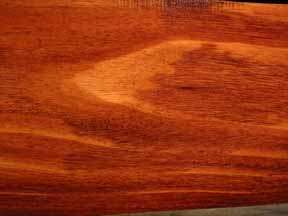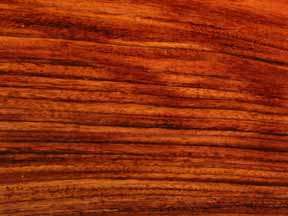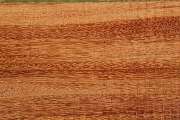the REST of the pictures on this page will give you a better overall feel for this wood
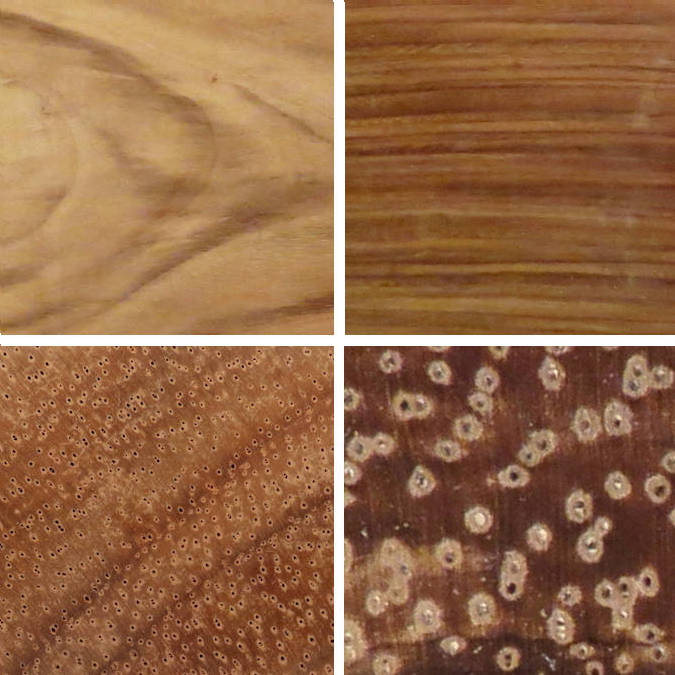
kelobra / Enterolobium cyclocarpum
(also commonly known as perota and guanacaste)
5" x 5" flat cut, 5" x 5" quartersawn, 1" x 1" end grain, and a 1/4" x 1/4" end grain closeup.
Diffuse porous with very large, very sparse, randomly distributed pores with fat vasicentric parenchyma. Occasional radial pore multiples, usually 2 or 3 long but sometimes more. Very narrow rays barely visible at 10X, growth ring boundaries generally vague but discernible.

%201a%20s25%20plh.jpg)
%201b%20s25%20plh.jpg)
%201%20end%20grain%20s25%20plh.jpg)
%201%20end%20grain%20closeup%20s25%20plh.jpg)
%201%20end%20grain%20closeup%202%20s25%20plh.jpg)
%202a%20s25%20plh.jpg)
%202b%20s25%20plh.jpg)
%202%20end%20grain%20s25%20plh.jpg)
%202%20end%20grain%20closeup%20s25%20plh.jpg)
%202%20end%20grain%20closeup%202%20s25%20plh.jpg)
%203a%20s25%20plh.jpg)
%203b%20s25%20plh.jpg)
%203%20end%20grain%20s25%20plh.jpg)
%203%20end%20grain%20closeup%20s25%20plh.jpg)
%203%20end%20grain%20closeup%202%20s25%20plh.jpg)
%204a%20s25%20plh.jpg)
%204b%20s25%20plh.jpg)
%204%20end%20grain%20s25%20plh.jpg)
%204%20end%20grain%20closeup%20s25%20plh.jpg)
%204%20end%20grain%20closeup%202%20s25%20plh.jpg)
%20(perota)%201%20s25%20plh.jpg)
%20(perota)%201%20end%20grain%20s25%20plh.jpg)
%20(perota)%201%20end%20grain%20closeup%20s25%20plh.jpg)
%20(perota)%201%20end%20grain%20closeup%202%20s25%20plh.jpg)
%201a%20s25%20plh.jpg)
%201b%20s25%20plh.jpg)
%201%20end%20grain%20s25%20plh.jpg)
%201%20end%20grain%20closeup%20s25%20plh.jpg)
%201%20end%20grain%20closeup%202%20s25%20plh.jpg)
%205a%20s25%20plh.jpg)
%205b%20s25%20plh.jpg)
%205%20end%20grain%20s25%20plh.jpg)
%205%20end%20grain%20closeup%20s25%20plh.jpg)
%205%20end%20grain%20closeup%202%20s25%20plh.jpg)
%201%20s25%20plh.jpg)
%202%20s25%20plh.jpg)
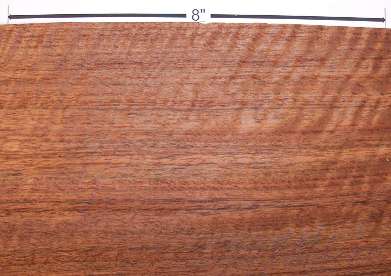

%201%20s50%20web.jpg)
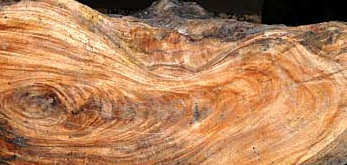
%204%20s25%20web.jpg)
%205%20s25%20web.jpg)
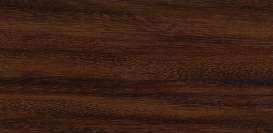
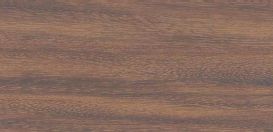

%20(enterolobium%20cyclocapum)%201%20s25%20web.jpg)
%20(partoa)%204%20s50%20web.jpg)
%201%20web.jpg)
%202%20s50%20web.jpg)
%203%20s50%20web.jpg)
%20(enterolobium%20cyclocapum)%202%20s25%20web.jpg)
%20(enterolobium%20cyclocapum)%202%20closeup%20s50%20web.jpg)
%206%20s25%20web.jpg)
%207%20s50%20web.jpg)
%208%20s25%20web.jpg)
%209%20s25%20web.jpg)
%20(timbo)%201%20s50%20web.jpg)
%20(timbo)%202%20web.jpg)
%20(parota)%203%20web.jpg)
%203%20s50%20web.jpg)
%202%20web.jpg)
%20slabs%202%20web.jpg)
%20slabs%201%20s50%20web.jpg)
%201%20web.jpg)
%20slabs%203%20s50%20web.jpg)
%20(tamboril)%20web.jpg)
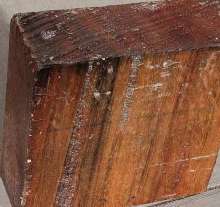
%20bark%20inclusion%20s50%20web.jpg)

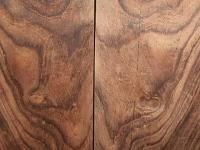


%20table%20top%201%20s50%20web.jpg)
%20table%20web.jpg)


